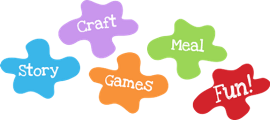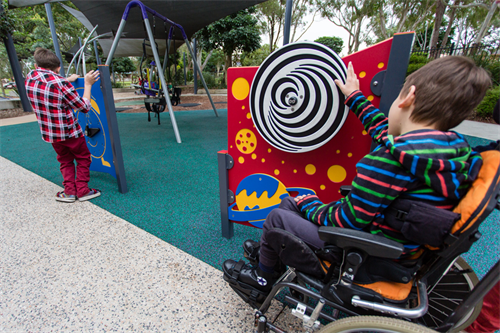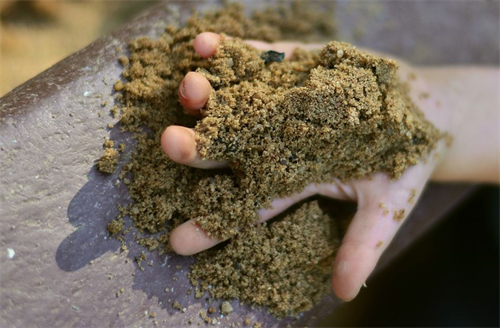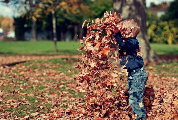Importance of Sensory Play
Sensory play contributes enormously to the development of a child’s cognitive and creative abilities.
Toddlers and children process information through their senses and learn through exploring with these.
Sensory play allows the child to explore with their 5 senses, but the sense of touch is often the most frequent.
Sensory play is unstructured, open-ended and not product-oriented; it is the purest sense of exploratory learning allowing children to explore all sorts of possibilities.
Self-esteem: sensory play offers children the opportunity for self-expression because there is no right answer and children feel safe to change or experiment with what they are doing.
Language development- experimenting with language and descriptive words. It is a sociable activity, it allows children to share discoveries in different ways through use of objects and gestures.
Develop social skills: practising negotiation skills, turn taking and sharing. Provides opportunities for working out problems and experimenting with solutions.
Encourages Imagination and creative play. It provides opportunity to try new things and experiment.
Sensory play encourages children to manipulate and mould materials, building up their fine motor skills and coordination.

Sensory Bins
Filling trays / boxes with different textures (wet/dry/smells/colours), incorporating different objects, interests and themes to encourage motivation and exploration. It further encourages imaginative play and tactile stimulation.
Ways to play:
- Let the child explore the bin initially without any input from you, allow them to explore and creativity to develop
- Have cups, scoops, bowls, shovels, spoons, bottles, tongs, children's tweezers, for them to use when playing
- Draw or write letters with fingers in the different textures by making a smooth surface on the bottom, this will help reinforce shapes and letter formation within the brain.
- Play hide and seek with various toys, place letters into the bin and have the child find them to spell their name or spelling different words, or pieces of puzzle for them to collect and then build
- Search for toys with their eyes closed
- Encourage them to stand in the bins and bury their feet too.

Examples of Sensory Bins
- Dry foods: rice, beans, lentils, cereals (e.g. cheerio's, shreddies, porridge, cornflakes,) popcorn kernels, dried pasta, seeds, nuts, coffee beans, flour, jelly beans, dried chickpeas,
- Wet Foods: custard, yogurts, jelly, ice cubes, sweetcorn, bake beans, spaghetti hoops or letters, whipped cream, cooked rice, pasta, porridge, chick peas, beans, cornflour and water,
- Coloured rice: (place dried rice into different bags add food colouring shake until well mix place into containers to let the rice dry)
- Play materials: marbles, buttons, feathers, pom poms, cotton wool, beads, duplo, sand, water, shaving foam, mud, compost,
- Seasonal Sensory Bins: Autumn (fir cones, pumpkins, leaves, acorns,) Summer (shells, water,
 sand, seaweed, pebbles) winter (homemade snow made of 1 cup of baking soda and adding shaving foam, tinsel, Christmas ball balls, candy canes, craft snowflakes) Spring (grass, flowers: dried or fresh, easter eggs, bunnies)
sand, seaweed, pebbles) winter (homemade snow made of 1 cup of baking soda and adding shaving foam, tinsel, Christmas ball balls, candy canes, craft snowflakes) Spring (grass, flowers: dried or fresh, easter eggs, bunnies)
- Themed bins: forest animals (green lentils, blue coloured stones for water, filled with animals and trees) Farm yard (using hay, straw, sawdust, popcorn kernels and farm animals)